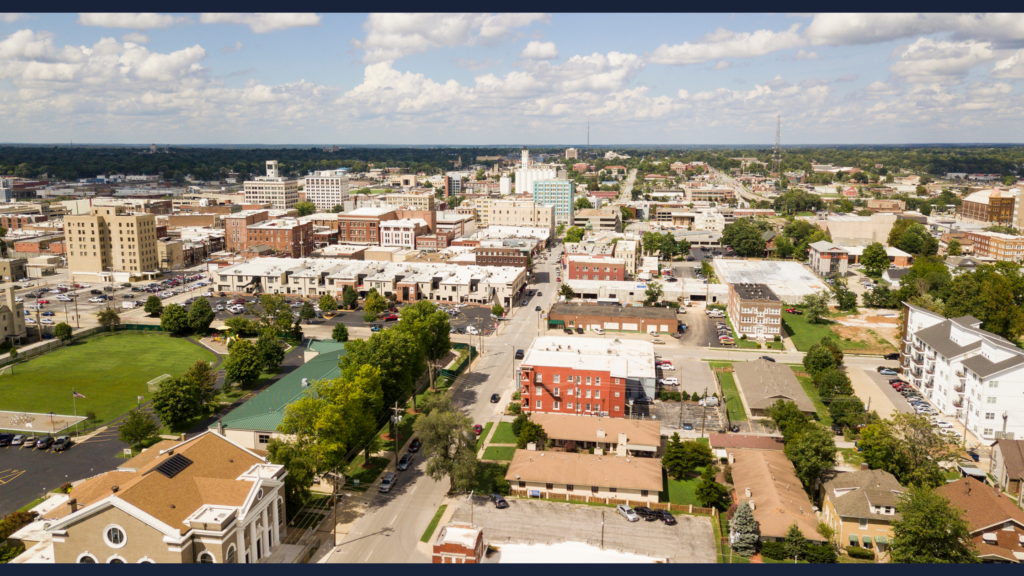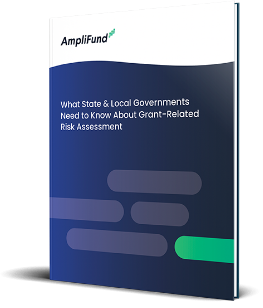Across the country, counties are deciding when and how to spend the historic investments that have been made in local governments this year through the American Rescue Plan Act (ARPA), the State and Local Fiscal Recovery Fund (SLFRF), and the Infrastructure Investment and Jobs Act (IIJA). Recently introduced legislation could provide counties with additional flexibility to use ARPA funds to meet many public infrastructure needs, or offset the costs associated with natural disaster relief.
The State, Local, Tribal, and Territorial Fiscal Recovery, Infrastructure and Disaster Relief Flexibility Act (S. 3011/H.R. 5735), unanimously passed the Senate and is now waiting to be considered by the House Committee on Oversight and Reform.The bill would allow States, tribes, and local governments through the State and Local Fiscal Recovery Fund (SLFRF) program to use certain relief funds to further invest in natural disaster relief and planning, and infrastructure projects.
If enacted, the bill would collectively allow counties nationwide to utilize the Recovery Fund for roughly $27 billion in new transportation and infrastructure projects, and over $17 billion in Treasury-defined government services. The legislation would strengthen the Recovery Fund by providing counties with more flexibility to invest funds in transportation, infrastructure and other vital public services.
Many rural counties have been waiving their SLFRF funding, and with the spending flexibility that this bill would provide, those counties could allocate SLFRF funding to infrastructure projects that were not eligible previously. This bill, when combined with the funding that may be allocated to counties from State governments through the IIJA, could provide local governments of all sizes the funding that is so needed to make repairs to local roads and highways.
As established earlier in the Interim Final Rule, localities have a lot of flexibility in how they can allocate awarded SLFRF funds, so long as the expenditure falls under these four (4) categories:
- To respond to the COVID-19 public health emergency or its negative economic impacts;
- To respond to workers performing essential work during the COVID-19 public health emergency by providing premium pay to such eligible workers of the recipient, or by providing grants to eligible employers that have eligible workers who performed essential work;
- For the provision of government services, to the extent of the reduction in revenue due to the COVID–19 public health emergency, relative to revenues collected in the most recent full fiscal year of the recipient prior to the emergency;
- To make necessary investments in water, sewer, or broadband infrastructure.
The State, Local, Tribal, and Territorial Fiscal Recovery, Infrastructure and Disaster Relief Flexibility Act would broaden the eligible projects under expenditure category #4, and there is still time to apply for funding through the Treasury’s submission portal. As a reminder, as a recipient of a SLFRF award, you may use the funds to cover eligible costs incurred between March 3, 2021, and December 31, 2024, as long as the funds for those obligations are expended by December 31, 2026.
If your municipality, or one near your locality is concerned about managing the compliance and reporting requirements associated with these funding streams, please don’t hesitate to contact us.
The Interim Final Rule is also where you can find definitions and clarifications that can further help you establish if your expenditure is eligible. You can also refer to the Assistance Listing for the SLFRF listing on SAM.gov (formerly known as CFDA Number, 21.027) for more information.
*Photo by Real Window Media on Canva





